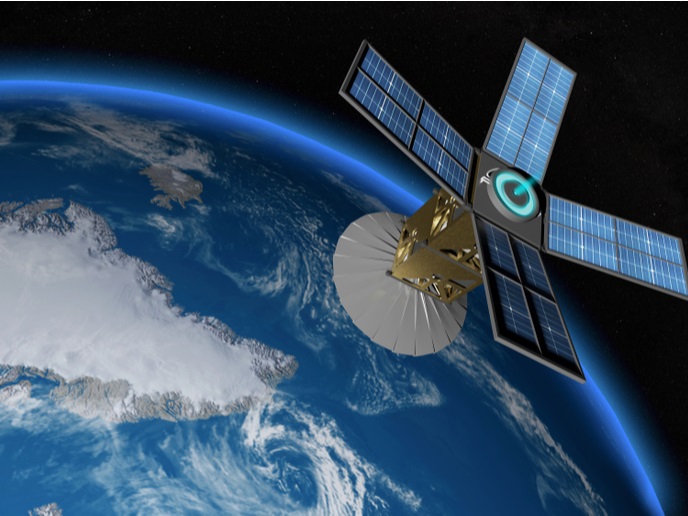New compact antenna designs poised to enhance nanosatellite communications
Nanosatellites and picosatellites are distinctively low-cost classes of miniaturised Space platforms that are built to standard dimensions and shapes. Both are modular and can be stacked together to create larger crafts. Their utility in Space seems limited only by their size and the imagination of their designers and users. The private and public sectors increasingly rely on them for Earth observation as well as test-flying novel communications technologies. The data that miniaturised satellites collect are as good as the signal they send to Earth, while the signal is as good as the antenna that sends it. Antennas for small satellites typically require dedicated real estate on the satellite bus and often require mechanical deployment after the satellite launch. This adds extra weight and occupies valuable space that could be otherwise used, while it may also raise reliability concerns. The CSA-EU project, funded under the Marie Skłodowska-Curie Actions programme, proposed novel planar antenna designs that improve on existing designs in a number of ways. Importantly, they are more compact and eliminate the need for a deployment mechanism – these advances are good first steps towards reducing the volume and cost of tiny satellites. Regarding their use, they are well-suited to Earth observation, where high-resolution, real-time imaging is highly valued.
Engineering patch antennas on solar panel surfaces
Over the last few years, significant progress has been made in making patch antennas work well in tandem with solar panels. This merger saves space on the surface of nanosatellites. Patch antennas are also lower cost compared to other antenna types due to the ease of fabricating them on printed circuit boards. In a first, project researchers developed a circular polarised dual-feed antenna placed above the nanosatellite solar panels. The antenna was fabricated from a conductive square mesh mounted on a transparent substrate material – a borosilicate glass layer. “The transparent material leaves intact the solar cell's original structure, and therefore does not compromise its performance. High values of transparency allow the solar panels to operate with high efficiency,” notes George Goussetis, CSA-EU coordinator. Circular polarisation of the signal allows the satellite and the ground station to maintain communication even if the satellite rotates relative to the receiver. Overall, the antenna demonstrated good impedance bandwidth, a stable radiation pattern and minimum shadowing levels. Research results have been published by the IEEE open-access journal(opens in new window).
Increasing directivity using end-fire arrays
Another part of the research focused on the design of planar end-fire arrays. Emitting maximum radiation from one end, these antenna arrays improve signal directivity. The concept behind the newly developed antenna involved a parallel-plate waveguide launcher based on a substrate integrated waveguide. The satellite signal propagates through the substrate integrated waveguide which coaxes it into a pattern known as transverse electromagnetic (TEM). This was the first time researchers demonstrated TEM mode with planar wave front propagation. Again, IEEE has published(opens in new window) the results of these important research works. “Nanosatellites moving in low Earth orbits are moving across the sky during their orbit so they do not have a constant line of sight with the receiving antenna. The ultimate aim is to improve the ability of streaming high-resolution, real-time videos and images of Earth by making the most of the antenna's narrow field of view. This clearly involves optimising directivity and bandwidth,” concludes Goussetis.







